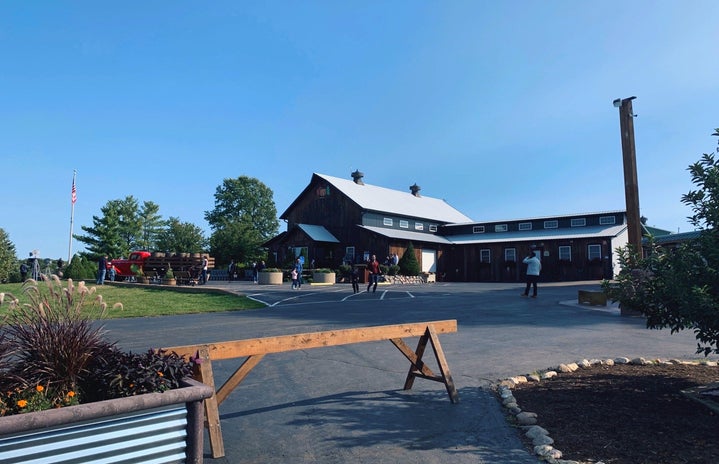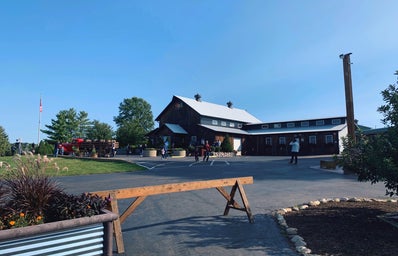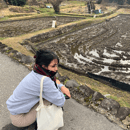Dreams of opportunity, financial prosperity and lavish lifestyles have driven folks to move out of the rural and into the urban scene this past century. With cities experiencing rapid growth in economic activity and technological development, urbanization tails behind. Unfortunately, the comfort and security that many urban migrants dream of, comes with many obstacles; there is the physically and mentally demanding work culture, high cost of living, as well as outrageous levels of pollution. Suddenly, the urban lifestyle that so many long for, doesn’t seem that appealing. Newly graduates competing for jobs, increasing prices of housing and commodities, and spending nine-to-five inside an office cubicle is a contrasting image to the glamorized concrete jungle life we see on movies and social media. As the taxing mission to survive in the urban city drains us from motivation and mental stability, we start to crave a lifestyle that is more relaxed, green, and certainly far away from stuffy high rise buildings—perhaps, the farm life?
Living in rural villages and retiring on a farm seems to be a recently popular dream among urban youths. With the constant pressures of achieving a career and financial stability, our ideas of agriculture and rural life are often clouded with our desire to escape corporate way of life and urban habits. Oftentimes, we view the urban and the rural as binary opposites. While cities are polluted and overcrowded, villages are green and spacious; if urban life demands financial stability to survive, agriculture offers ways to self-sustain. Unfortunately, our fantasies of rural life do not reflect reality.
Climate change as well as conflicts with the government and large corporations affect agricultural communities as much as it does in urban cities. Global warming and extreme natural disasters directly affect the quality and quantity of crops as well as food security. Meanwhile, interference from the government or large corporations have also sparked conflict with local communities- for example, government plans to build infrastructure in Indonesia robs local communities of their land. Not only are they forced to halt their way of living, but also the presence of the military looms over the village. Industrial waste produced by large industries such as fast fashion are also affecting natural resources. Rivers in India that provide communal water for drinking, washing, as well as livestock are heavily contaminated with chemicals. It is evident how corporate influence extends all the way to rural areas. Commodity chain systems also exploit farmers by allowing wholesalers and other intermediaries to profit off of produce, creating unequal distribution of benefits and putting farmers at a large disadvantage.
For a community that relies solely on productivity and crops for income and basic human needs, farming and rural communities continue to struggle with the effects of global capitalism. If urban citizens are fantasizing of a rural lifestyle free from corporate slave responsibilities, then current conditions of farmers around the world should serve as a constant reminder that it is almost impossible to free ourselves from the shackles of capitalism.
Now that the responsibility of not having the earth die of global warming has been thrown to the hands of the youth, we must also consider the significance of agricultural systems and native communities in environmental and economic sustainability. Our fantasies of rural life might not reflect current reality, but there is so much we can do in order to progress in that direction.
Agriculture groups always emphasize the importance of community building and human relationships in supporting sustainability and in tackling issues with external actors. The decades-long fight for land ownership in Mindanao, Philippines by banana farmers highlights the role of local cooperatives and the involvement of the community in policy making. Eventually it is the participation of the community and local farmers in decision making and land ownership that can lead to sustainability and justice. The diversity of farming communities as well as different cultural and environmental circumstances in various regions and countries should also be an indication of the need to decentralize decision making process and policy making. Relationships and community building ultimately become the building blocks to land reform, sustainable agriculture and the elimination of power difference in the system.
As ordinary citizens, it may seem that significant changes are impossible without policy changes, but we can start small by improving consumer behavior and elevating farming communities. Fundamentally, we need to involve topics of agriculture in our conversations about climate change and dismantling capitalism.


